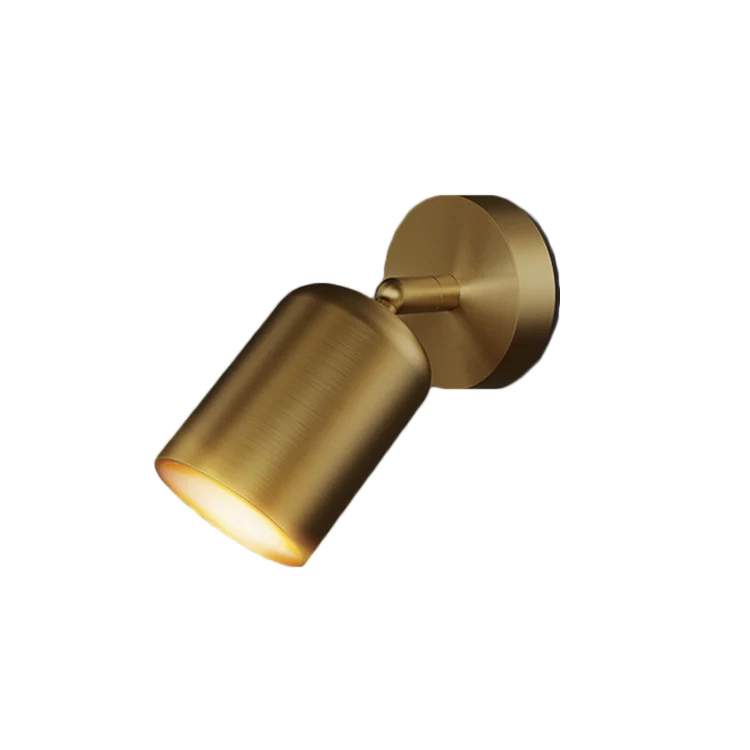LEAFLETS
PRODUCTS
A Comprehensive Guide To Choosing The Right Desk Lamp
Understanding Your Lighting Needs
Before diving into specific lamp features, consider your individual requirements. What tasks will you primarily perform at your desk? Intense reading demands different lighting than casual writing or drawing. If you work with intricate details, such as sewing or model building, you'll need highly focused illumination. For general tasks and computer work, a softer, more diffused light might be preferable. Think about the size of your workspace too. A small lamp might suffice for a compact desk, while a larger desk will benefit from a brighter, potentially larger lamp or even a combination of lighting sources.
Also, consider the ambient lighting in your room. If your room is already brightly lit by natural light from a window, you might need a less powerful desk lamp. Conversely, a dimly lit room will require a brighter lamp to compensate. The color temperature of your existing lighting is also important. Generally, cooler light temperatures (higher Kelvin values) are better for tasks requiring concentration, while warmer light temperatures (lower Kelvin values) create a more relaxing atmosphere. A good desk lamp will allow you to adjust color temperature to suit your needs and the time of day.
Brightness and Color Temperature
Brightness, measured in lumens, is a crucial factor. Higher lumen ratings indicate brighter light. However, excessively bright light can be harsh and lead to eye strain. Aim for a lamp with adjustable brightness settings, allowing you to customize the light intensity to your comfort level and the task at hand. This adaptability is especially important if you use your desk for multiple activities throughout the day.
Color temperature, measured in Kelvin (K), determines the "warmth" or "coolness" of the light. Lower Kelvin values (around 2700K) produce a warm, yellowish light, ideal for relaxation and creating a cozy ambiance. Higher Kelvin values (around 5000K) emit a cool, bluish white light, often preferred for focused work, as it mimics daylight and reduces eye strain for extended periods. Look for lamps offering adjustable color temperature, enabling you to shift between warm and cool light based on your preferences and the time of day.
Lamp Type and Design
The type of lamp significantly impacts its functionality and aesthetic appeal. Incandescent lamps offer warm light but are less energy-efficient. Fluorescent lamps are more efficient but can sometimes produce a harsh, flickering light. LED lamps are the most energy-efficient and long-lasting option, with many offering adjustable brightness and color temperature. Consider the lifespan of the bulbs – LED bulbs often last significantly longer, saving you money and the hassle of frequent replacements.
Beyond the bulb type, consider the lamp's design. Desk lamps come in a vast array of styles, from minimalist and modern to traditional and ornate. Choose a design that complements your workspace's aesthetic and personal style. The lamp's size and base are also important considerations. Ensure the base is stable enough to prevent tipping, especially if you have a large lamp or a busy workspace. The lamp's arm should be adjustable, allowing you to direct the light precisely where you need it.
Features and Functionality
Many modern desk lamps offer advanced features that enhance usability and comfort. Look for features like adjustable height and arm flexibility, allowing you to customize the light's position for optimal illumination. A built-in dimmer switch provides seamless brightness control, while a USB charging port can be incredibly convenient. Some lamps even integrate with smart home systems, allowing you to control the light intensity and color temperature remotely.
Consider the lamp's material. Metal lamps are generally durable and long-lasting, while plastic lamps tend to be more affordable but may not be as robust. The finish of the lamp should also be considered. A matte finish can reduce glare, while a glossy finish might reflect more light.
Budget and Warranty
Set a realistic budget before you start shopping. Desk lamps range in price from very affordable to quite expensive, depending on features and brand. Don't automatically assume the most expensive lamp is the best – focus on finding a lamp that meets your needs and fits your budget.
Check the warranty offered by the manufacturer. A good warranty indicates the manufacturer's confidence in the product's quality and provides peace of mind in case of defects. A longer warranty usually implies a higher level of quality and durability.
Conclusion
Choosing the right desk lamp involves careful consideration of several factors. By analyzing your lighting needs, understanding brightness and color temperature, selecting the right lamp type and design, and evaluating additional features and your budget, you can find the perfect desk lamp to illuminate your workspace and enhance your productivity and comfort. Remember to prioritize features that improve your work experience and choose a lamp that complements your personal style and workspace aesthetic. With this guide, you're well-equipped to make an informed decision and enjoy years of well-lit, productive work.
SUBSCRIBE
INQUIRY










